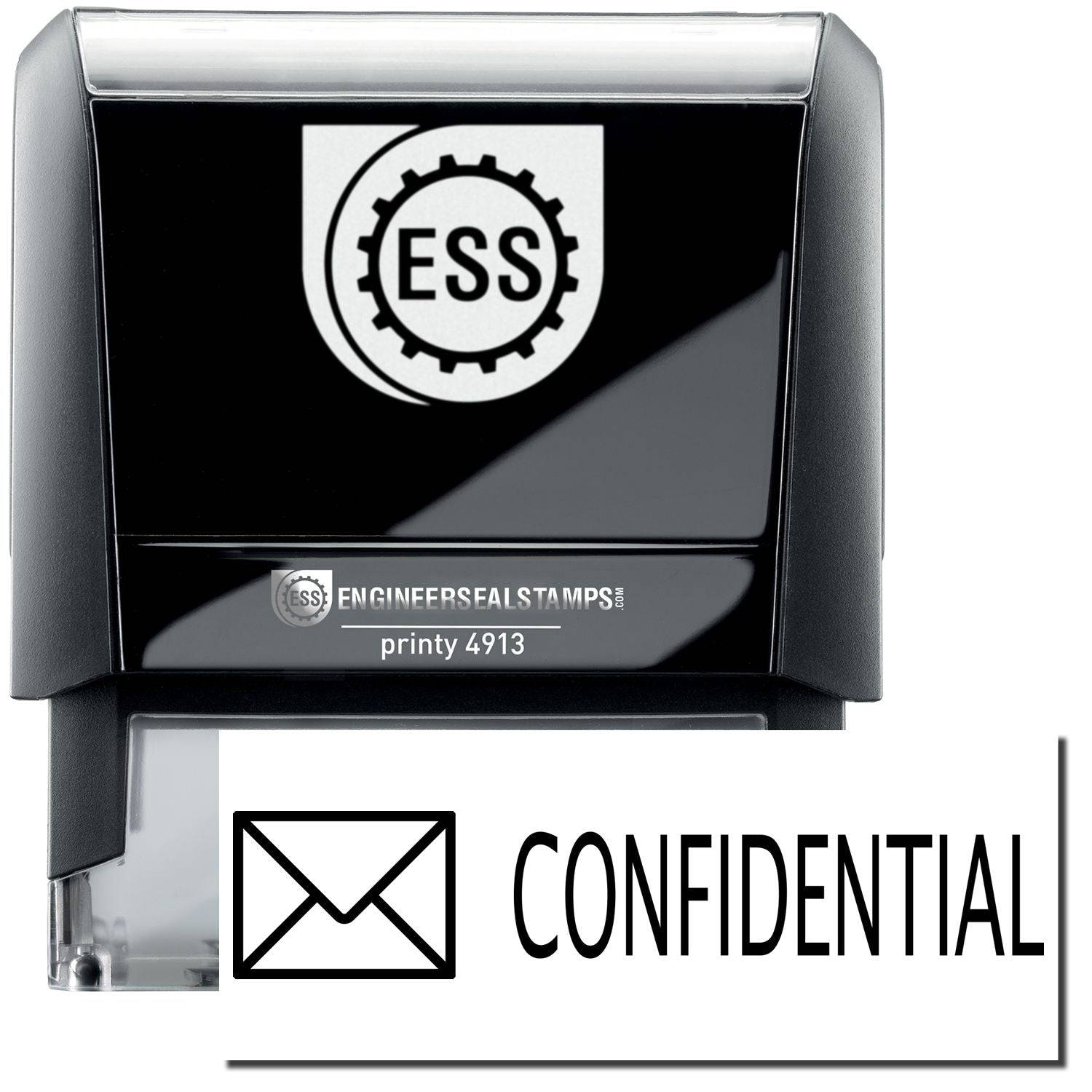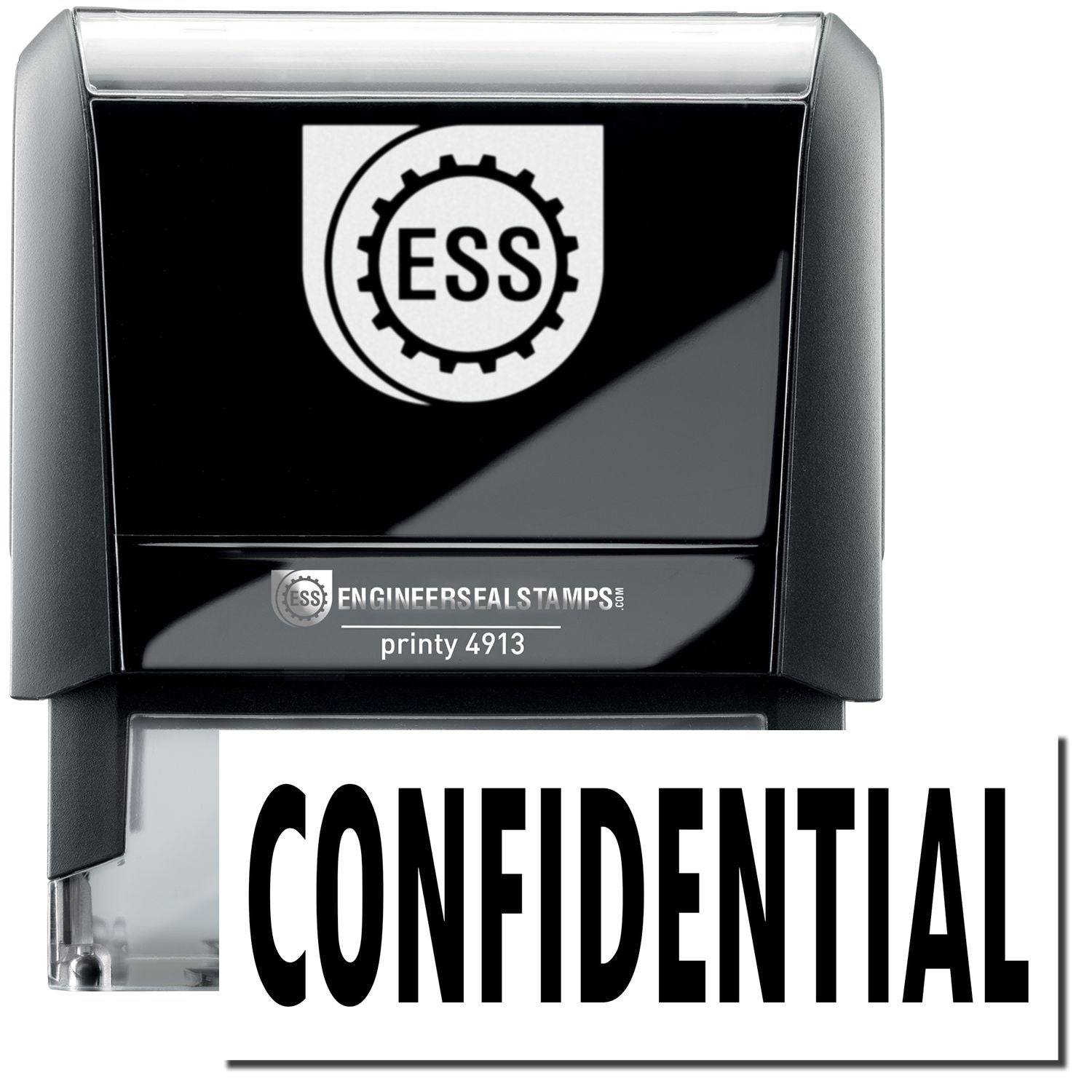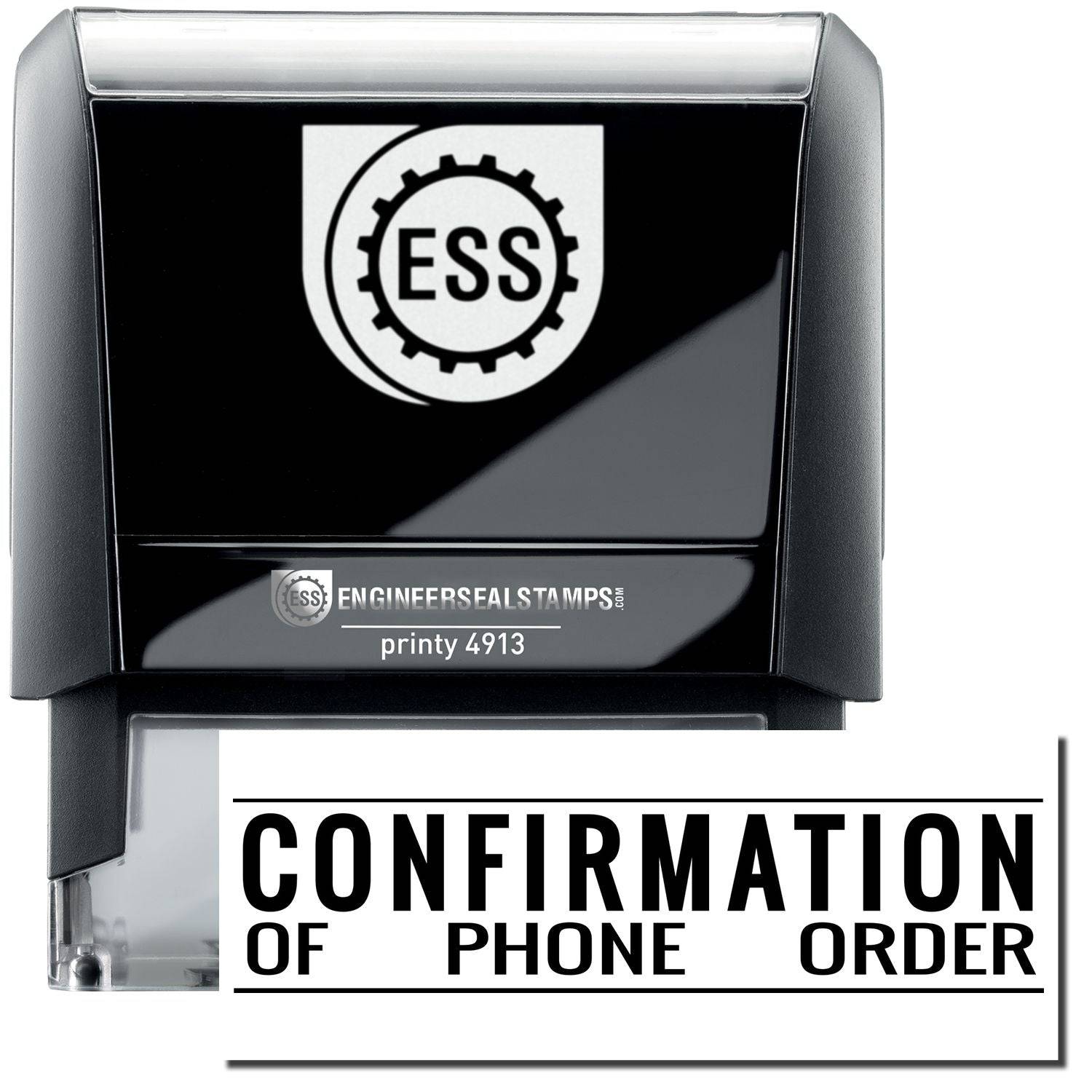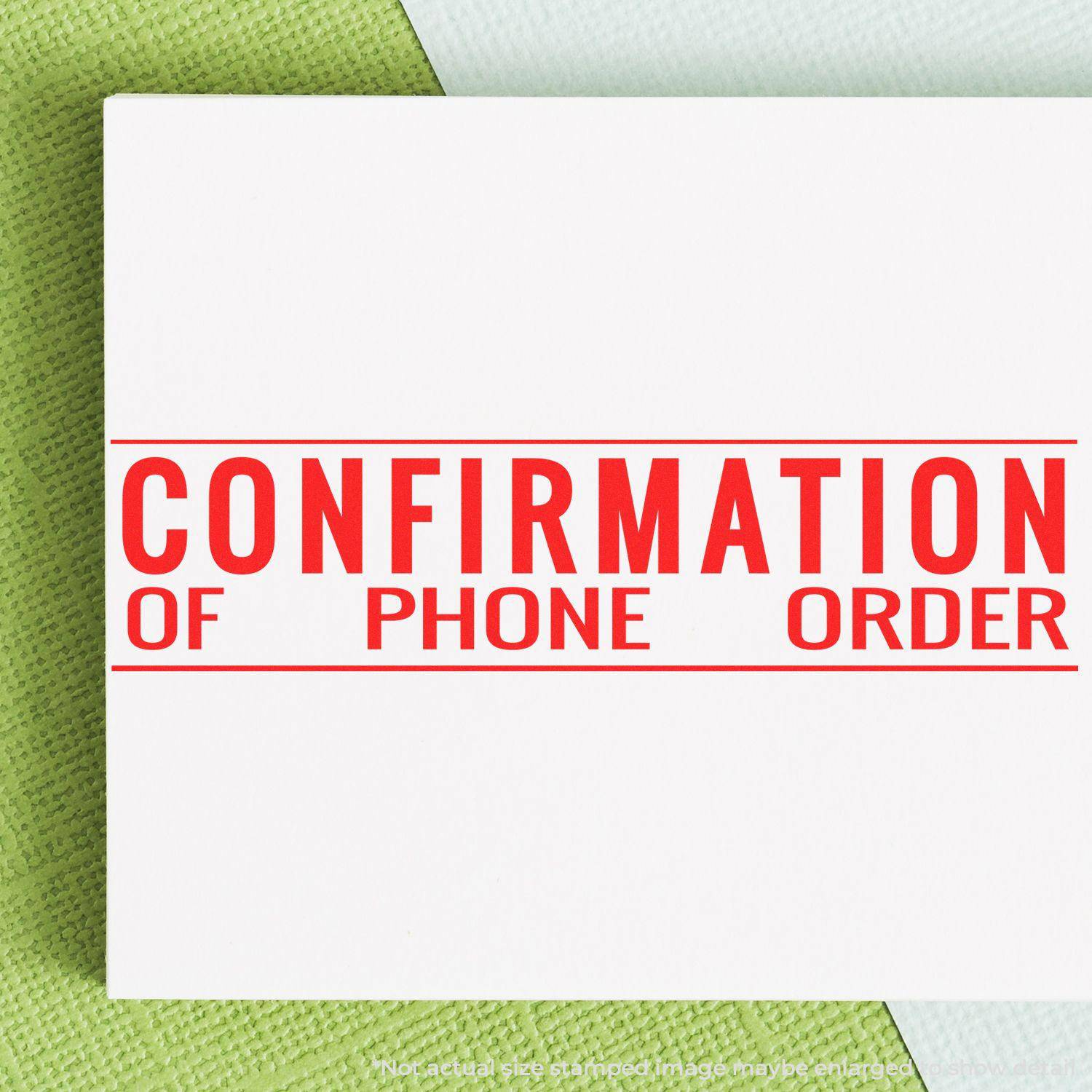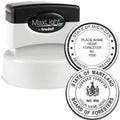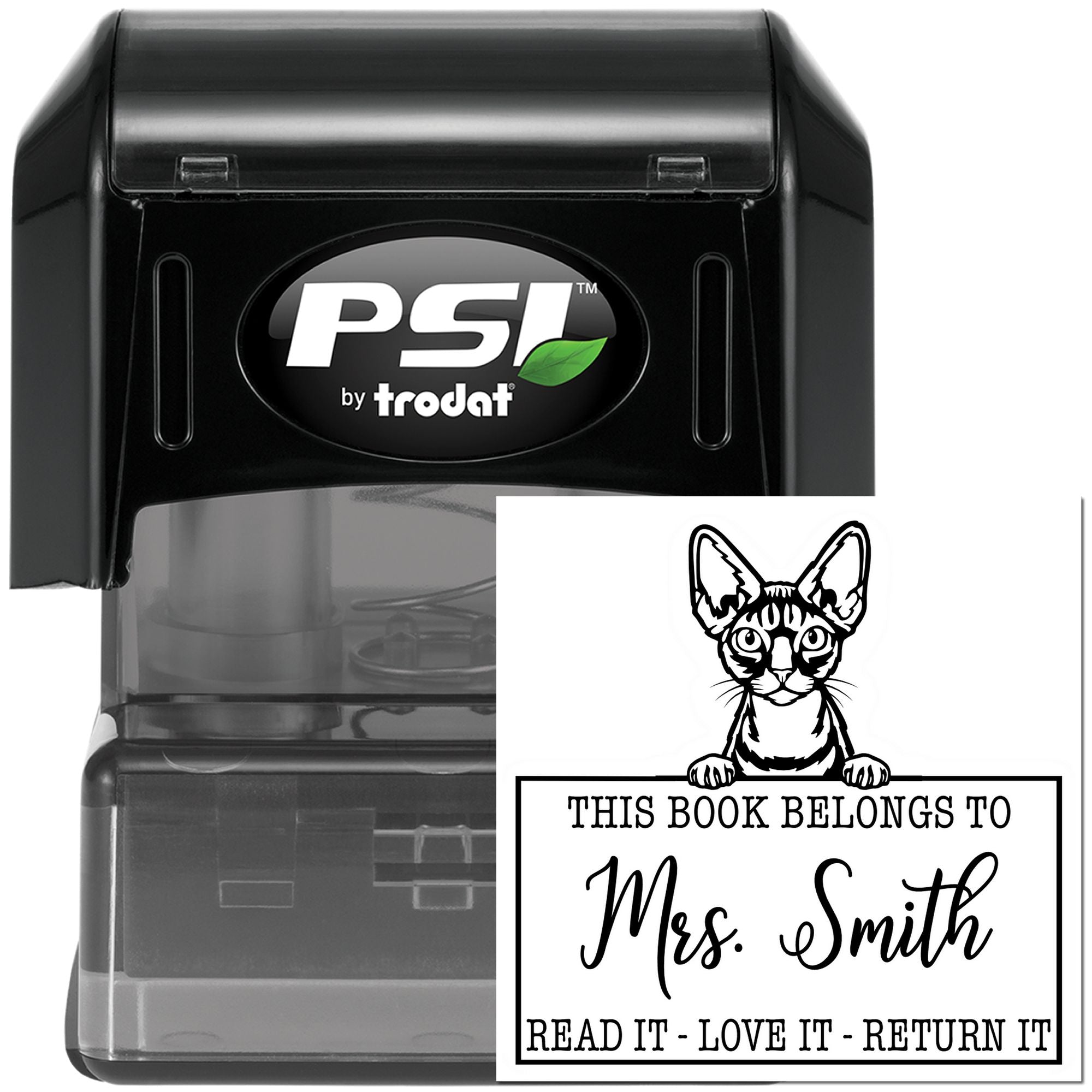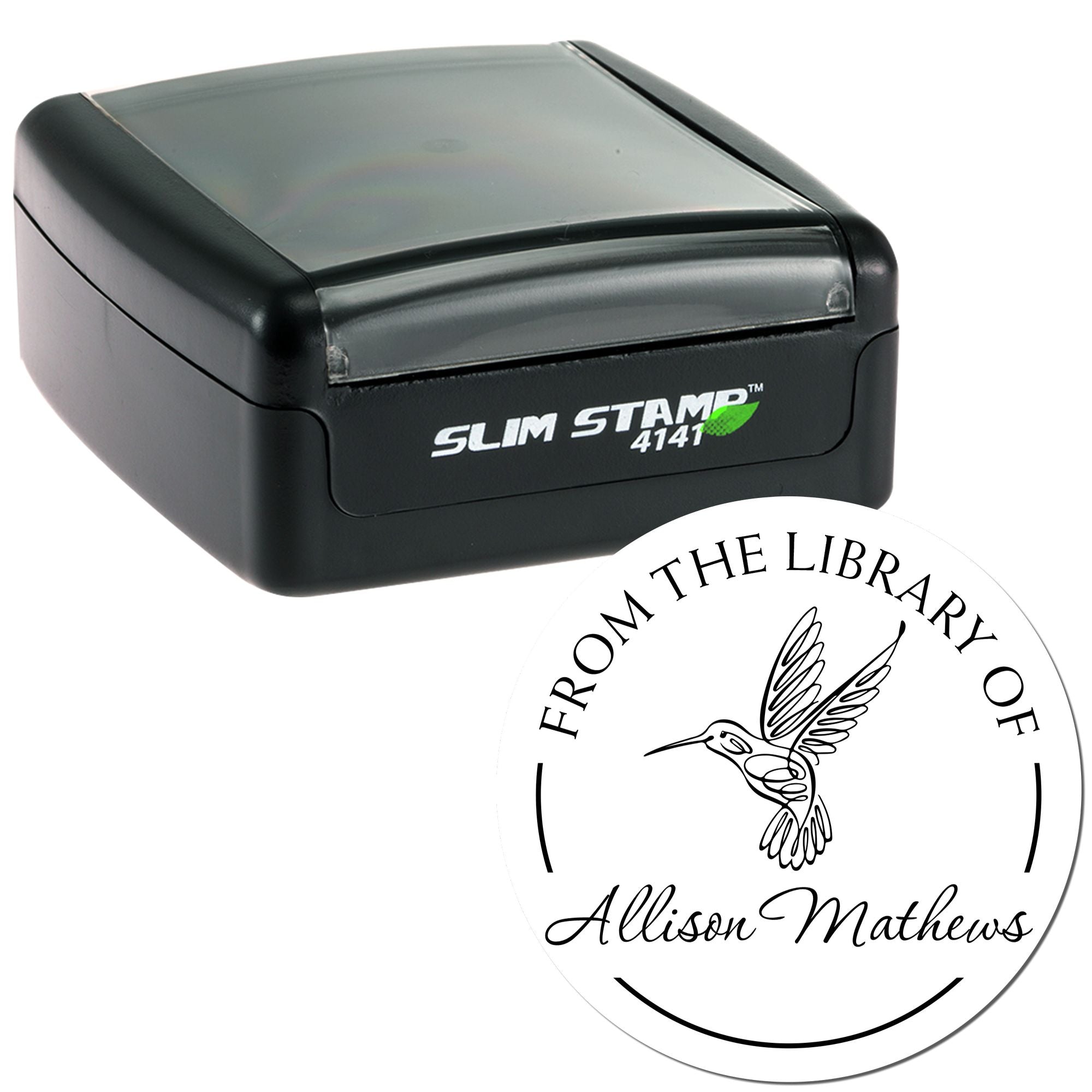Looking for a stamp pad for wood projects? If you want crisp, long-lasting impressions on wooden surfaces, the right pad selection can transform your craft. Whether you’re creating signage, personalizing gifts, or adding flair to a business display, a well-chosen pad keeps your designs clean and sharp. Let’s explore how to pick the perfect one so your next wooden masterpiece truly stands out.
Understand stamp pad basics
Stamp pads come in various sizes, ink types, and construction materials, but all serve one main goal: to deliver consistent and even ink coverage. When it comes to wood, these are some important basics:
- Inking efficiency: A quality pad disperses ink evenly onto stamps, ensuring less smudging and clearer impressions.
- Re-ink potential: Some pads are compatible with refill ink so you can extend their lifespan and maintain consistent coverage over time.
- Drying times: Stamps on wood may require slightly longer to set, so picking a pad suited for the material helps avoid smearing.
Choose the right ink type
Not all inks are created equal, and the ink you pick can make or break your project. Wood’s texture can soak up ink quickly, so look for features that match your needs:
Water-based inks
Ideal if you want an eco-friendly option with easy cleanup. Water-based formulas are often less prone to unpleasant odors and dry relatively fast on smoother wood surfaces. However, they can fade more quickly under direct sunlight.
Solvent-based inks
If durability is high on your list, solvent-based inks work well. They adhere firmly to wood, even with a bit of grain. They may require extra ventilation due to stronger fumes, but they’re known for rich color payoff and water resistance.
Pigment inks
Pigment inks are thicker, offering bold, true-to-color impressions. Because they sit on the surface of the wood rather than soaking in, you get a vivid stamped image. Just be prepared for a longer dry time.
Focus on pad quality
A premium stamp pad won’t force you to compromise between vibrancy and longevity. Keep an eye on:
- Pad construction: Firm pads usually give a more uniform distribution of ink, while foam pads can be easier to press into detailed stamps.
- Ink retention: A pad that locks moisture in helps your ink stay fresh. The best pads stay properly saturated for weeks or even months.
- Color vibrancy: Check reviews or product descriptions to see if the ink retains its boldness over time, especially if you display your wood projects outdoors.
Check brand options
Different stamp pad companies target specific features, so it’s good to compare a few before deciding:
- Archival and acid-free lines: Ideal for projects you want to keep for years, such as personalized wedding signs or heirloom crafts.
- Specialty finishes: Some brands offer metallic, chalky, or glittery inks that can add a unique touch to wooden decor.
- Refill availability: If you plan on high-volume stamping, looking for a brand that offers bottled refill ink can save money and reduce waste.
Care for your stamp pad
Proper maintenance means you’ll get plenty of mileage from your chosen pad. Here’s how to keep it in top shape:
- Store it in a cool, dry place when not in use. Prolonged exposure to heat or sunlight can speed up ink evaporation.
- Close the lid tightly to prevent unnecessary air contact and leaks.
- Re-ink regularly if your pad feels dry or starts yielding faint prints.
- Clean your stamps after each session to avoid transferring dust or debris onto the pad surface.
Summary and next steps
Choosing the right stamp pad for wood is all about matching your surface, ink type, and project requirements. Go for water-based inks if you want an easier cleanup, solvent-based if longevity matters more, or pigment inks if you’re after eye-catching color. Above all, focus on pad quality, brand features, and maintenance to get the most reliable results. Once you pick the perfect pad, you’ll be ready to bring all your wooden creations to life with crisp, beautiful prints. Happy stamping!




